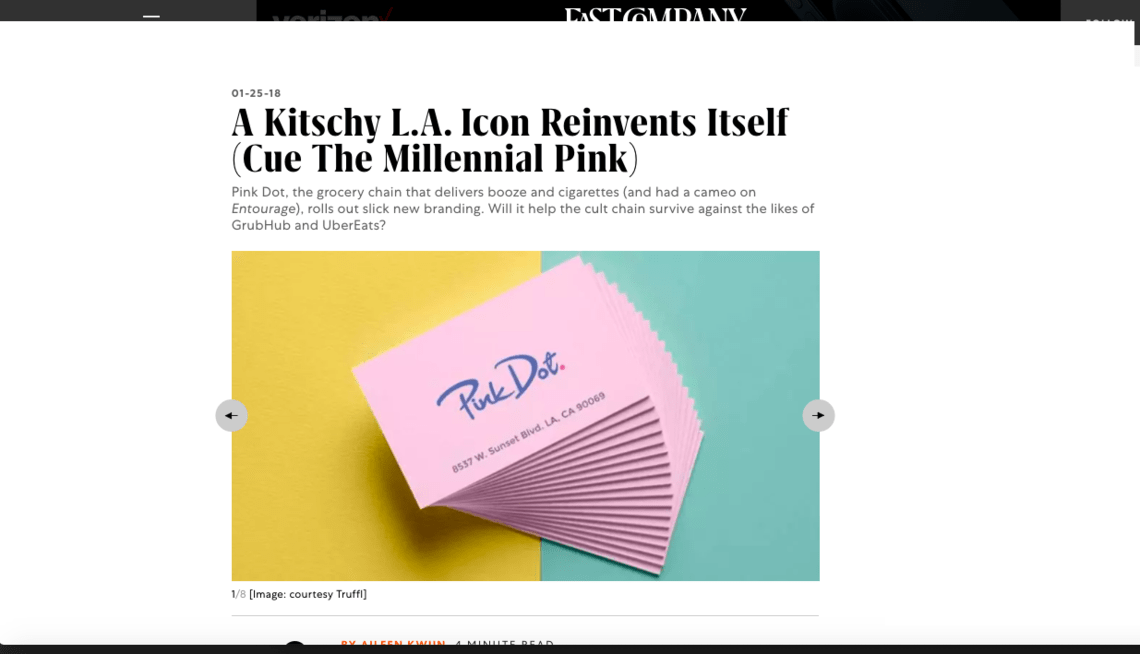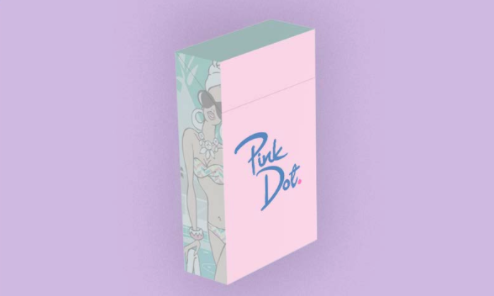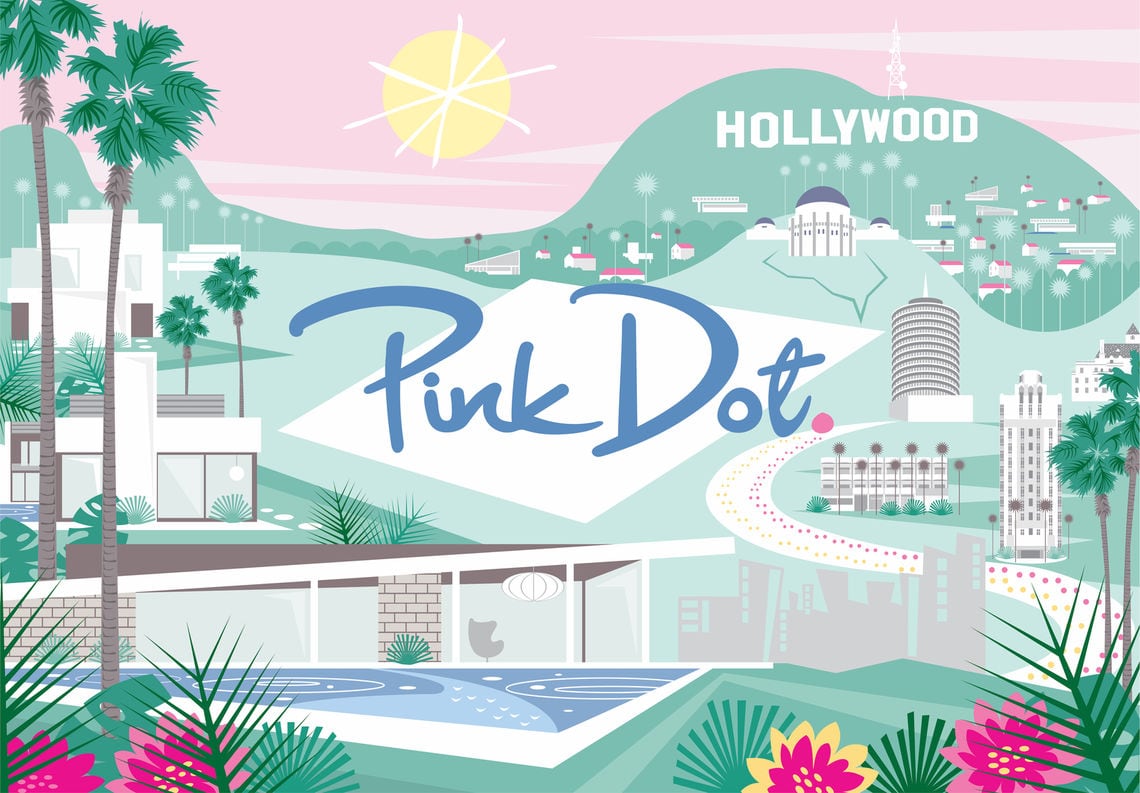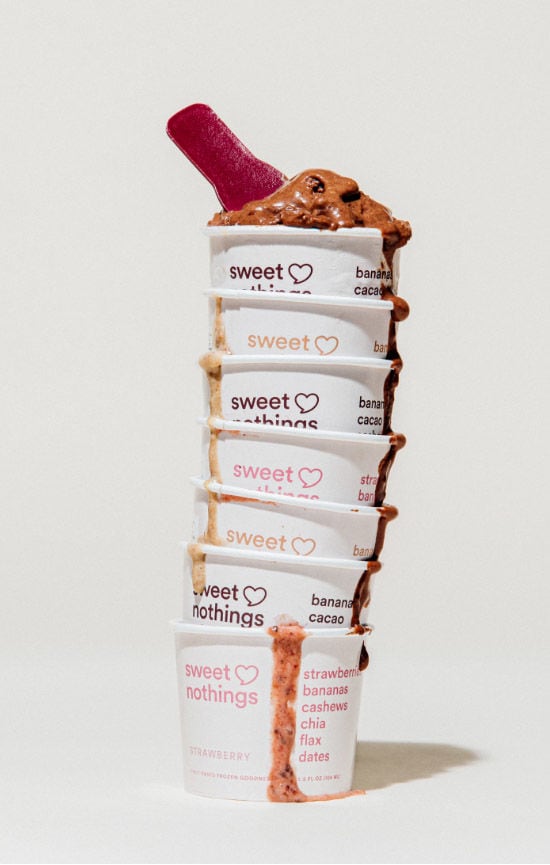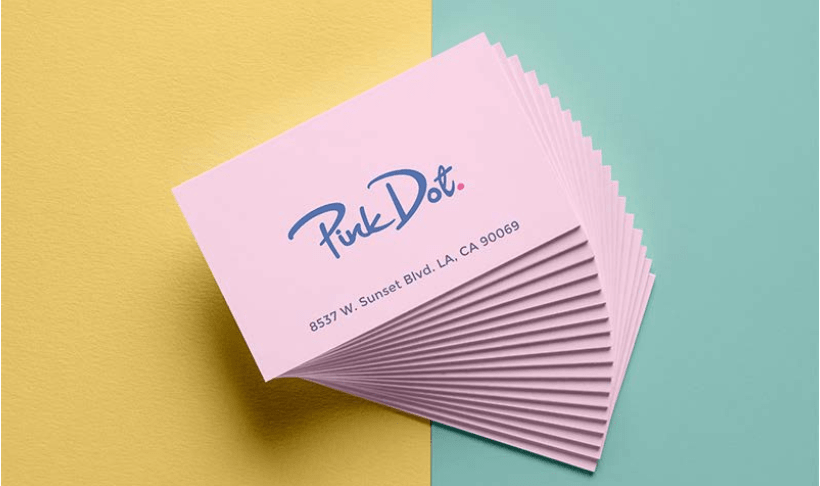A lot has changed since the grocery-chain Pink Dot opened in Los Angeles in 1987. The pioneering delivery service, once known for its polka-dotted fleet of Volkswagen Beetles, was the first and only grocery to deliver booze and cigarettes, in addition to, um, food, right to your door–making it a popular (and let’s be honest, sorta seedy) go-to for Angelenos in need of a late-night fix.
Over the years, the legacy company has managed to weather the Seamless and Minibar era–even after a rapid over-expansion and ill-fated partnership with the short-lived delivery startup kozmo.com nearly wiped it out during the dot-com bust of the 1990s. Now in its 30th year, Pink Dot has begun to roll out its next phase–and it has its sights set on a more affluent, culturally savvy millennial and gen-Z audience that wants Golden Grahams and small-batch coffee, too.
So far, it’s been working: As of this month, the company reports sales have increased by 33% and web traffic has increased by over 50% since launching the rollout nine months ago.
Here’s how Pink Dot owner and CEO Sol Yamini and Raphael Farasat of the creative agency Truffl–who has since become an equity partner of the privately owned corporation–gave L.A.’s beloved institution a 360-rebrand that’s less bodega, and more boutique.


